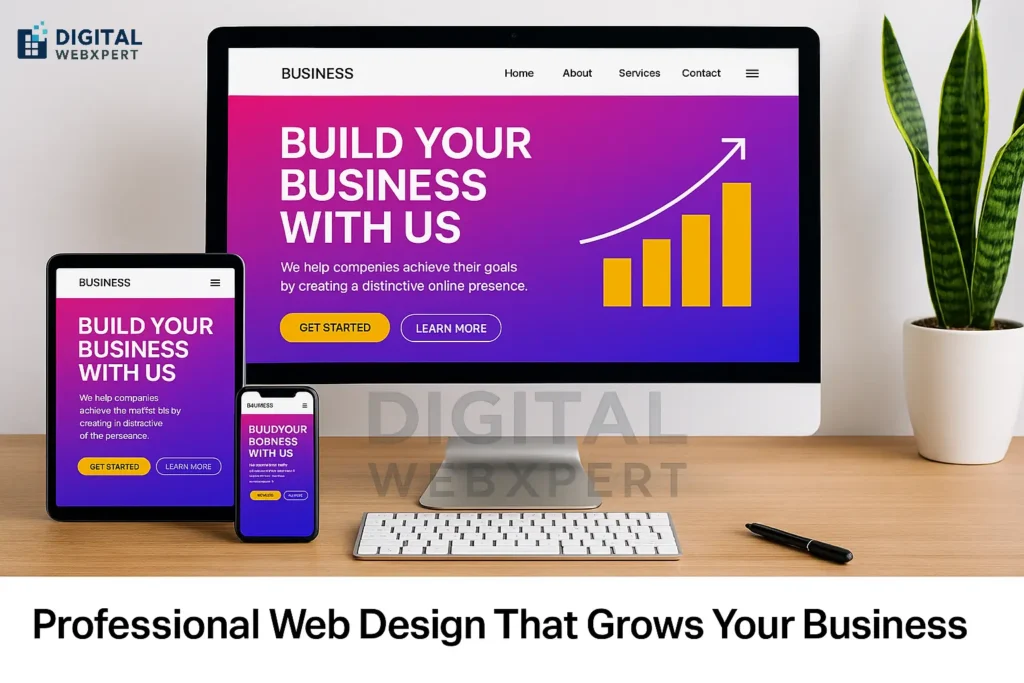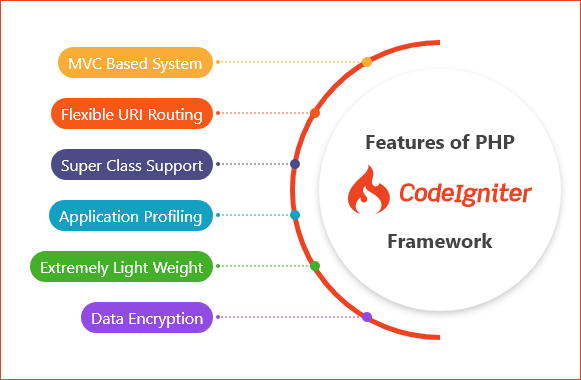In today’s digital-first economy, your website is more than just an online brochure — it’s your 24/7 sales engine, brand ambassador, and trust builder. For small business owners, startup founders, eCommerce sellers, agencies, and nonprofits, investing in professional web design that grows your business is no longer optional — it’s the foundation of sustainable growth.
A well‑designed website doesn’t just look good. It attracts the right audience, ranks higher on search engines, and converts visitors into paying customers. In this guide, we’ll break down the core principles, strategies, and tools you need to create a website that delivers measurable results.
1. Why Professional Web Design Matters for Business Growth
1.1 First Impressions Drive Trust
- Visitors form an opinion about your brand in 0.05 seconds.
- A clean, modern, and responsive design signals credibility and professionalism.
- Poor design can increase bounce rates and damage brand perception.
1.2 Your Website is Your Best Salesperson
- Works 24/7 without breaks.
- Can handle multiple visitors simultaneously.
- Delivers consistent messaging and branding.
1.3 SEO and Visibility
- Search engines reward SEO-friendly websites with higher rankings.
- Professional design ensures fast load times, mobile responsiveness, and structured content — all ranking factors.
2. Core Elements of a Website That Grows Your Business
2.1 Responsive Web Design
- Adapts seamlessly to desktops, tablets, and smartphones.
- Improves user experience and reduces bounce rates.
- Google prioritizes mobile‑friendly sites in search results.
2.2 SEO‑Friendly Structure
- Optimized headings (H1, H2, H3) with focus keywords.
- Meta tags, alt text, and schema markup for better indexing.
- Logical URL structure for easy navigation.
2.3 Conversion‑Focused Layout
- Clear Call‑to‑Action (CTA) buttons above the fold.
- Strategic use of whitespace to guide attention.
- Trust signals: testimonials, certifications, case studies.
2.4 Fast Loading Speed
- Compress images without losing quality.
- Use caching and a Content Delivery Network (CDN).
- Minimize CSS and JavaScript files.
3. Design Principles That Boost Conversions
3.1 Visual Hierarchy
- Use size, color, and placement to highlight key elements.
- Headlines should grab attention; CTAs should stand out.
3.2 Consistent Branding
- Cohesive color palette, typography, and imagery.
- Aligns with your offline marketing materials.
3.3 Accessibility
- Alt text for images, readable fonts, and high contrast.
- Keyboard navigation and screen reader compatibility.
4. How Professional Web Design Impacts SEO
4.1 On‑Page SEO
- Keyword‑rich headings and content.
- Optimized images with descriptive alt text.
- Internal linking to relevant pages.
4.2 Technical SEO
- XML sitemaps and robots.txt configuration.
- HTTPS security for trust and rankings.
- Structured data for rich snippets.
4.3 User Engagement Signals
- Low bounce rate and high dwell time signal quality.
- Engaging content keeps visitors on your site longer.
5. Tools & Platforms for High‑Performing Websites
- WordPress – Flexible, SEO‑friendly, and scalable.
- WooCommerce – Ideal for eCommerce sellers.
- Elementor / Divi – Drag‑and‑drop design tools.
- Google Analytics & Search Console – Track performance and SEO health.
6. Industry‑Specific Web Design Tips
6.1 For eCommerce Sellers
- High‑quality product images and videos.
- Easy checkout process with multiple payment options.
- Product reviews and ratings for trust.
6.2 For Agencies & B2B Providers
- Case studies and portfolio sections.
- Lead capture forms with valuable offers (e.g., free consultation).
- Clear service descriptions.
6.3 For Nonprofits & NGOs
- Emotional storytelling with impactful visuals.
- Donation buttons prominently displayed.
- Volunteer sign‑up forms.
7. Measuring the ROI of Professional Web Design
- Traffic Growth – Organic and referral traffic increases.
- Conversion Rate – More leads, sales, or sign‑ups.
- Customer Lifetime Value (CLV) – Higher retention and repeat purchases.
- Brand Perception – Positive feedback and referrals.
8. Partnering with the Right Web Design Agency
When choosing a partner like Digital WebXpert:
- Look for a portfolio that matches your vision.
- Ensure they understand SEO, UX, and conversion optimization.
- Ask about post‑launch support and maintenance.
Conclusion: Your Website is Your Growth Engine
A professional web design that grows your business is more than aesthetics — it’s a strategic investment in your brand’s future. By combining responsive design, SEO best practices, and conversion‑driven layouts, you can transform your website into a powerful growth engine that works for you around the clock.
If you’re ready to elevate your online presence, book a free consultation with Digital WebXpert and start building a website that doesn’t just look good — it delivers results.



